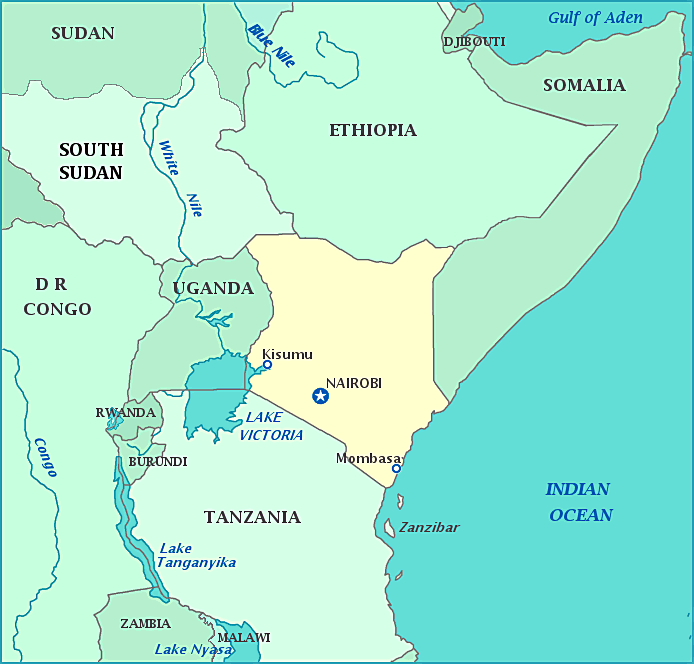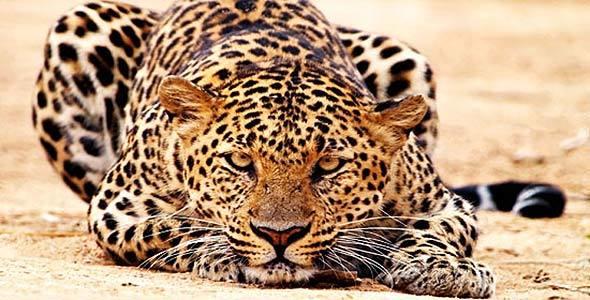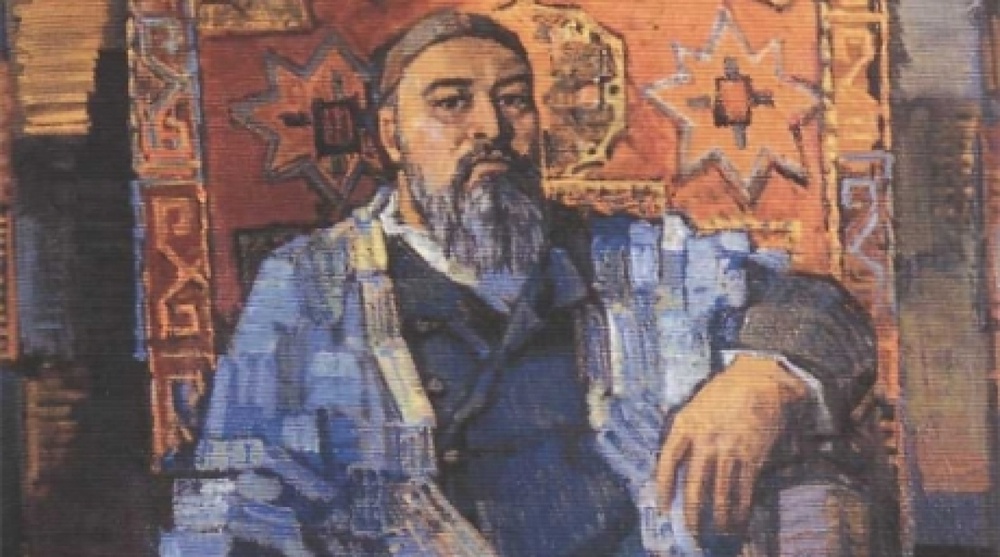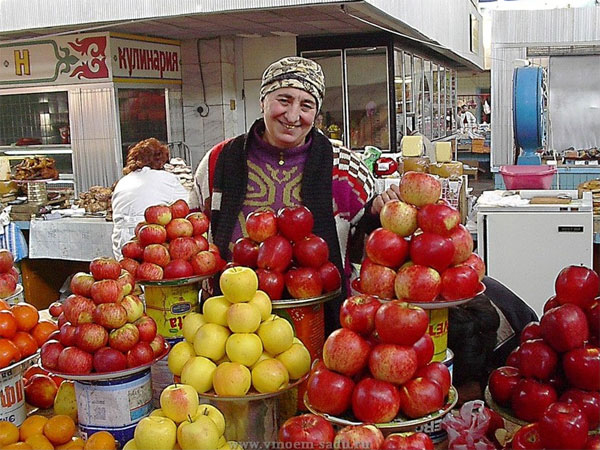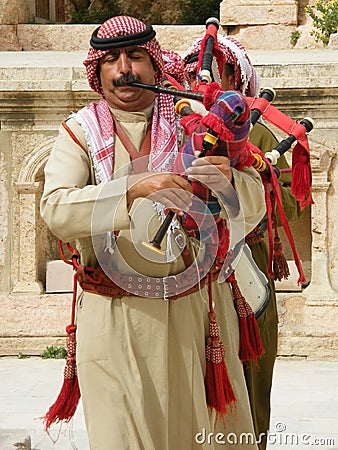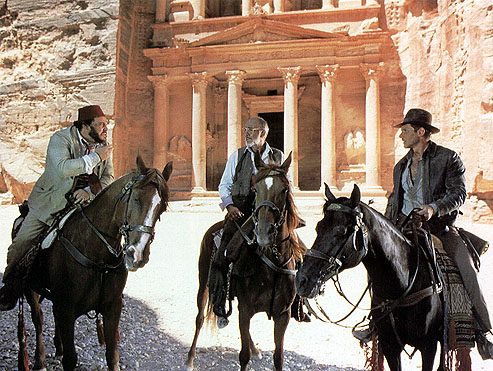The country of Kenya was named after Mt. Kenya, or rather
the Kamba name for the mountain. Mt. Kenya is actually an extinct volcano. It
was later Anglicized as Mt. Kenia and later as Mt. Kenya. Kenya lies in eastern
Africa, surrounded by Ethiopia to the north, Somalia to the northeast, the
Indian Ocean to the southeast, Tanzania to the south, Uganda to the west, and
South Sudan to the northwest. Besides the Indian Ocean, there are several large
lakes spread throughout the country, most notably Lake Victoria and Lake
Turkana. One of the great things about this country is that if you look at a
map, the country is mottled with green areas denoting national parks. I always
have to have a respect a place that sees the importance of retaining its green
areas and natural ecology. Kenya sits in the middle of the Great Rift Valley
with the deepest portion just north of Nairobi. The equator practically cuts
through the middle of the country. Their climate is generally tropical, but it
gets more arid and desert-like the further to the north and northeast you go.
Generally, they have a long rainy season in the spring and a short rainy season
in the fall and winter months.
Kenya is the site of some of the oldest human remains in the
world. It’s no wonder that people often say this is the birthplace of
civilization. In fact, the Richard Dawkins Foundation for Reason and Science
sells shirts saying “We Are All Africans,” stemming from this idea. The first
peoples here were nomadic, generally related to Khoisan and Cushitic peoples.
Nilotic groups such as the Maasai, Luo, and Turkana began to move into the area
from Sudanese lands. Bantu groups like the Kikuyu and the Kamba also began to
move here as well. During the first century, Arab traders began spreading into
this area, and their presence changed its culture. Islam spread because of this
and so did the Swahili language. The port cities of Kenya became very popular
places and were the most progressive and bustling areas of the country. During
the late 1800s, the British took control of the land, renaming it British East
Africa. One of the first things they did was build a railroad (as they did most
places they took over). It was the British who called their colony Kenya.
During the 20th century, European farmers got rich farming coffee
and tea, especially in the central highlands. Kenyan coffee is fairly well
known around the world. During the 1950s, there was an uprising against the
British being there, and Kenya finally won their independence in 1963. Their
first president, Jomo Kenyatta, was instrumental in moving the country into
this new realm. There have been several presidents since then, and several coup
attempts along with corruption scandals. The current president is Uhuru
Kenyatta, the son of Jomo Kenyatta.
The capital and largest city in Kenya is Nairobi. Nairobi is
stemmed from a Maasai phrase meaning “cool water.” One thing that makes the
city stand out is that there is a game preserve inside city limits—the only
major city to have one. The city not only stands as the center of government
but also as the center for education with several universities and technical
schools, shopping districts and markets, sports arenas (including Africa’s
largest ice rink), financial centers, parks, theatres, museums, and a growing restaurant/culinary
scene.
Kenya’s low ranking on the human development index somewhat
negates the fact that they have one of the strongest economies in the region.
Recent droughts have plagued the northern regions of the country, and this
alone has had a direct effect on their economy. There was a food shortage and
schools had to close, forcing Kenya to appeal to humanitarian and foreign aid.
However, Kenya has seen an increase in tourism (especially ecotourism),
telecommunications, and higher education. Agriculture remains to be an
important part of their economy, and they are in the process of recovering from
the drought years. Products such as coffee, tea, legumes, cigars, various
fruits and vegetables, fish, and fresh-cut flowers are shipped all over the
world. They also have a growing market in petroleum products and hydroelectric
power.
A large portion of Kenyans are Christians with almost half
of this number being Protestant followed by Roman Catholic. There are also
smaller numbers of Reformed churches and Orthodox Christians. Surprisingly,
Kenya has the largest number of Quakers in the world (who knew?). There is also
a significant Jewish, Muslim, and Hindu population in Kenya as well.
According to some estimates, there are nearly 69 languages
spoken in Kenya. However, the country has two official languages: English and
Swahili. Because of the British occupation for so long, British English is
primarily used, but American English is making its way into certain words and
phrases. Swahili (also called Kiswahili) is a Bantu language that is commonly
spoken along the coastal regions of eastern Africa. (We gave our son a Swahili
name: Jabari, meaning “fearless” or “brave”). There’s also a creole spoken called
Sheng that is more or less a combination of English and Swahili; there is a lot
of code-switching between the two languages.
Kenya is widely known for its wildlife and safaris, which is partly why
there are so many protected areas in the country. Animals like gazelles,
cheetahs, crocodiles, hippopotamus, hyenas, zebras, rhinoceros, giraffes,
leopards, elephants, a variety of birds and insects, buffalos, warthogs, and
lions can be found here. Kenya is also known for its distance runners. Many of
the marathon winners from around the world are from Kenya. One thing I don’t
think people realize is how ethnically diverse Kenya is: there are people from
many regions of Africa, Europe, the Middle East, Indian subcontinent, and other
parts of Asia living and working in Kenya. This mix of cultures can be seen in
their food, music, language, and art. And I’m excited to delve into this
culture that I’ve been fascinated with for a long time.
Up next: art and music

